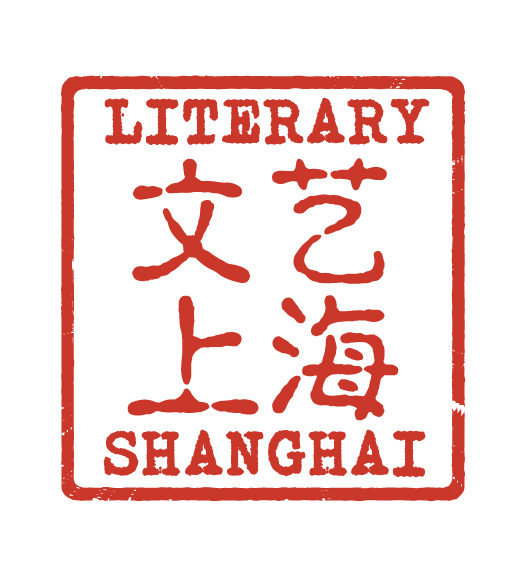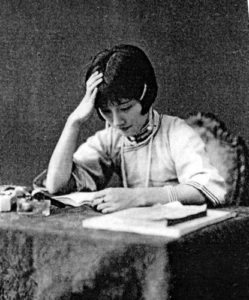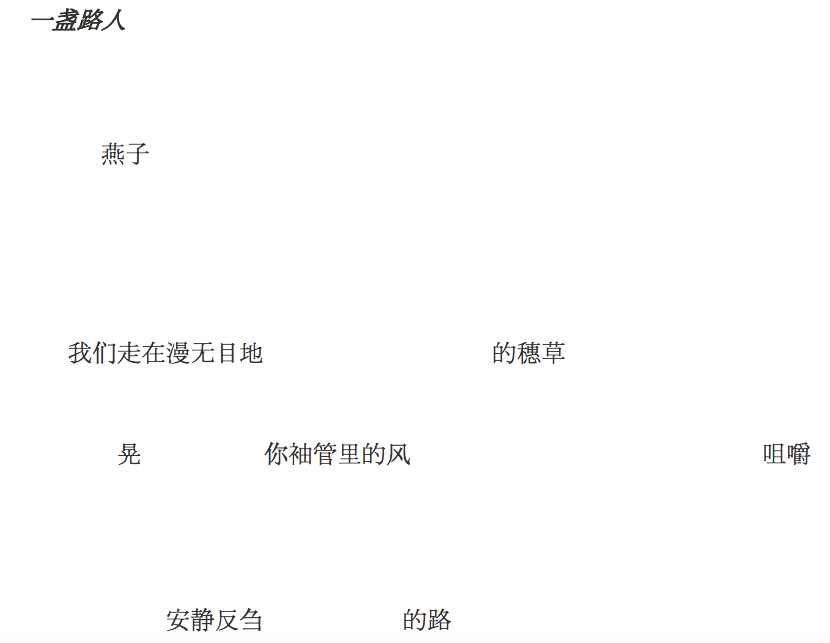Beaton Galafa is a Malawian writer of poetry, fiction and nonfiction. His work has appeared/is forthcoming in Transcending the Flame, Betrayal, The Seasons, Empowerment, BNAP 2017 Anthology, Better Than Starbucks, Love Like Salt Anthology, 300K Anthology, Literary Shanghai, Mistake House Magazine, Fourth & Sycamore, The Wagon Magazine, Every Writer’s Resource, The Bombay Review, Writing Grandmothers, Kalahari Review, The Maynard, Birds Piled Loosely, Atlas and Alice, South 85 Journal and elsewhere.
Songxi Village’s Sichuan Opera: The Man with Changing Faces
13th August.
Today will be a great day. The villagers and the authorities in Pujiang are officially welcoming us to Songxi, in a forty-minute-long ceremony. As the sole representative of my country in the 2018 Jinhua Homestay Project, I thought of spending the night memorizing Mu Hong Pu Gong, Pujiangese for the Mandarin Nihao Pujiang – meaning ‘Hello Pujiang’. But there is no need. I will definitely not be the first to greet the people who are now packed in Xu’s Ancestral Hall. I arrive a little late, along with my team. I found them waiting for me downstairs at our residence earlier.
In the hall, all the benches have been occupied except for gaps in the first two rows. These have been reserved for us – representatives of each of the fifteen countries. The upper sections of the hall are occupied by cameramen. I squeeze myself past a few German and South African friends between the first and second row, and find myself a seat. Kung Fu soundtracks emanating from speakers in the background of the stage fill the air. The Master of Ceremonies appears on stage. He honours the VIP, participants of the project, two Ukrainian painters sitting in front of us, a retired Associate Professor, the Mayor of Jinhua, and several others.
Roy and Kathrin, from Israel and Germany respectively, are invited on stage. After speeches of gratitude and optimism, they are given a large flag that has small flags of our countries printed on it – like stars clinging to the sky, deep in the night. They hold it with the Mayor, after which Roy grabs it and waves it around. He waves it nonstop, until the Mayor points to Kathrin. The crowd laughs. He nods, waves it around once more, and then hands it over to Kathrin. The crowd laughs again. She repeats the ritual. One after the other, the fifteen country reps sitting in the two front rows greet Pujiang in their own mother tongues. Moni Pujiang! It echoes back to me, as I think of how I could’ve possibly perceived it if I were Pujiangese – and what it would mean. The MC asks us to greet Pujiang in its own dialect.
Mu Hong Pu Gong!
The ceremony is officially open.
Two dragons appear from the stage’s laterals. On the right of the stage is a red, gold, and white one. It zigzags its way around the ground, rises mid-air, and dances around the open space beneath the stage. On the left is a yellow, green, and gold one. It remains overshadowed by the one on the right, often rising high enough to stare into the audience but lower than the earlier one. As the red and gold dragon towers over us, the other cranes its neck, cowers back, and raises its head again before withdrawing, as if it is searching for someone whilst trying not to be noticed.
The stage is soon taken over by an opera performance from a lady who keeps stretching her limbs, at times twisting her hand and fingers in various directions. Her reddish-pink robe, a pair of white trousers, and a black sleeveless top with a pink flower patch on the chest beneath the upper section of the robe complements the smile on her face. Her eyes stare directly into ours, and even when she’s not looking at us, it does not fade away. The smile only dies when she’s back minutes later to help show a famous calligrapher’s work, drawn right there on the stage. This – the calligrapher’s work – was done with a live performance of a woman in the background, seated next to a table where the calligrapher lay his bowl of ink and white cloth as he moved the painting brush around. She slowly plucked the strings of an ancient zither, as if in anticipation of its echoes to inform her next move.
After these three performances – by the two dragons, the opera singer, and the calligrapher – a masked man walks onto the stage. He is carrying a fan, and wearing a black pair of trousers, and a black shirt with red, pink, and brown stripes running from the neck through the waist to somewhere beneath it. His body is covered with a red cloth from the shoulders to just above the ankles. In flashes, he makes several turns with his head, like a monkey picking fruit in an orchard when the owner isn’t around. He moves forward a little, falls back, changes direction, and scratches his cheek. The moves are accompanied by a Kung Fu soundtrack in the background.
When he first appeared, his face was not the one I’m seeing now. I turn to my neighbor to ask if she noticed it too. She doesn’t hear me. I re-focus on the man. He shakes his head a little, and a yellow face appears. Moments later, he turns around again. A new face appears – blue and black, and a red tongue; white stripes from the eyebrows to the back. The crowd cheers. He brings out the fan in his hand. He splits it into bits and continues with his head movements. The faces repeat themselves on him. One has a butterfly on it. The other looks like a lion, the other a tiger. He lifts his left leg, bends it a little over the knee of his right, and withdraws it. He moves back, then forward, this time carrying a sword. This is a subgenre of the Sichuan opera – the Bian Lian.
Outside, there’s a metric beating of drums whose rhythmic sound pattern is coming through the hall’s entrance. After the Bian Lian, the ceremony is over. It’s time to tour different places – mostly the homes of craftsmen and women in the village. I rush to the door where the drumbeat is coming from. There it is.
In the plaza in front of the hall, old women in camouflage tops, short skirts, and red military berets stand on two opposite sides of the square. They have red bands tied beneath the shoulder on their left arms. Hanging from their necks are the drums. In unison they raise their sticks and release them to land on the right side of the drum. The strokes resemble a heartbeat as the sound fades behind us and the murky grey houses along the streets to our next destination.
Continue reading



